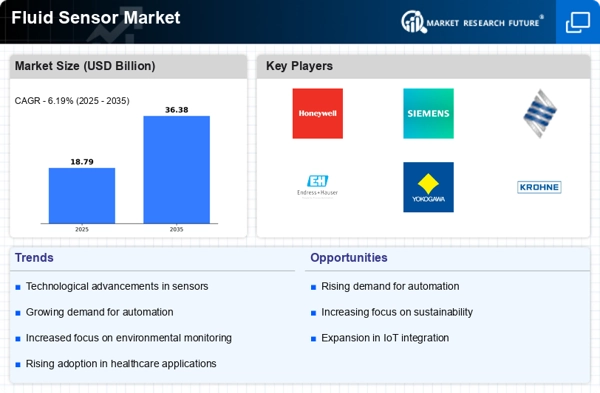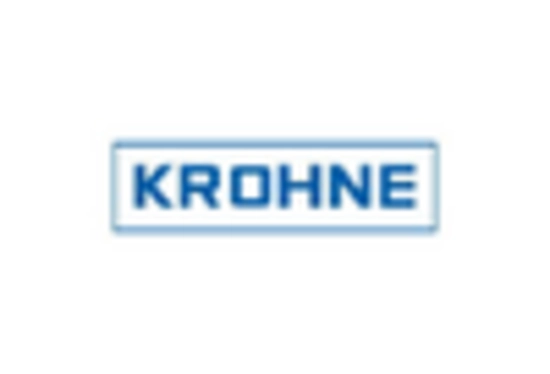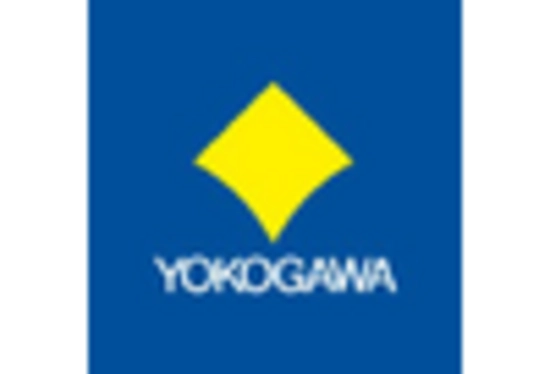Expansion of the Automotive Sector
The expansion of the automotive sector is significantly influencing the Fluid Sensor Market. As vehicles become more sophisticated, the demand for fluid sensors in applications such as engine management, fuel systems, and cooling systems is on the rise. The automotive industry is increasingly focusing on enhancing vehicle performance and efficiency, which necessitates the integration of advanced fluid sensors. Market forecasts indicate that the automotive segment of the fluid sensor market could grow at a rate of approximately 6% over the next few years, reflecting the industry's commitment to innovation and performance optimization.
Growing Focus on Safety Regulations
In the Fluid Sensor Market, the heightened emphasis on safety regulations is a significant driver. Governments and regulatory bodies are implementing stringent safety standards to prevent accidents related to fluid leaks and spills, particularly in sectors like chemicals and pharmaceuticals. This regulatory landscape compels companies to invest in high-quality fluid sensors that ensure compliance and enhance safety measures. The market for safety-related fluid sensors is expected to expand, with estimates suggesting a growth rate of around 7% annually as industries prioritize safety and risk management.
Rising Demand in Industrial Automation
The Fluid Sensor Market is experiencing a notable surge in demand due to the increasing adoption of industrial automation across various sectors. Industries such as manufacturing, oil and gas, and water treatment are integrating fluid sensors to enhance operational efficiency and reduce human error. According to recent data, the automation market is projected to grow at a compound annual growth rate of approximately 9% over the next five years. This trend indicates a robust need for advanced fluid sensors that can provide real-time monitoring and control of fluid dynamics, thereby driving the Fluid Sensor Market forward.
Technological Advancements in Sensor Capabilities
Technological advancements are reshaping the Fluid Sensor Market, with innovations leading to enhanced sensor capabilities. Developments in micro-electromechanical systems (MEMS) and smart sensor technologies are enabling more accurate and reliable fluid measurements. These advancements allow for better integration with existing systems, thus improving data collection and analysis. The market for advanced fluid sensors is projected to grow significantly, with estimates indicating a potential increase of 10% in the next few years. This trend reflects the industry's shift towards more sophisticated solutions that meet the evolving needs of various applications.
Increased Investment in Water Management Solutions
The Fluid Sensor Market is benefiting from increased investments in water management solutions, driven by the need for sustainable water usage and conservation. Governments and organizations are recognizing the importance of efficient water management systems, leading to a rise in the deployment of fluid sensors for monitoring water quality and flow. This trend is particularly evident in urban areas where water scarcity is becoming a pressing issue. The market for fluid sensors in water management is expected to grow, with projections suggesting a compound annual growth rate of around 8% as stakeholders seek to optimize water resources.

















Leave a Comment